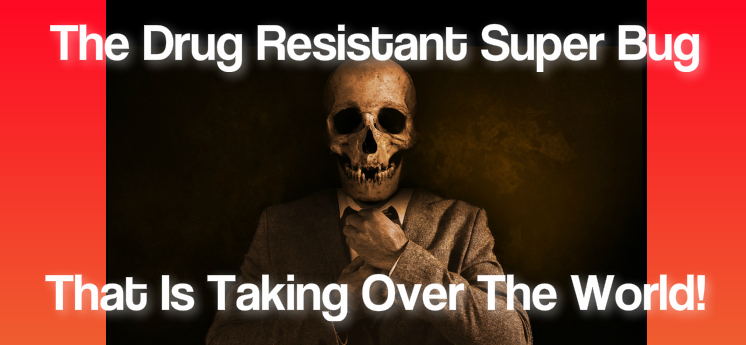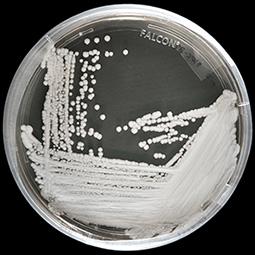The world had not even recovered from the threat of Zika, when news of another, more prevalent super-bug emerged – Candida Auris. So far all we know about the fungus is that it is highly resistant to existing drugs and that it was misdiagnosed for years, which is why it was able to spread around the world. Only now, are scientists beginning to realize how devastating the effects of this new super-bug have been and will be in the near future.
Nine countries have so far detected this fungus: Japan, US, UK, Venezuela, Columbia, India, Pakistan, Kuwait, South Africa, and South Korea. Again, the reason why the fungus was detected in these countries was because the doctors knew what they were looking for! In many other countries that same fungus is generally confused with a similar, albeit non-lethal fungus. Candida Auris is a lethal fungus when detected late and this confusion has cost many patients their lives.
The first case of this super-bug has been traced to Japan, where this fungus developed in a patient who had an ear infection. Since the fungus was highly resistant, it spread via hospital equipment to other patients. It’s important to highlight that hospital staff was not inefficient in carrying out sanitation and disinfection of equipment, just that the fungus did not die despite those efforts because they did not know the fungus existed. From that point onwards, the fungus (super-bug) has shown up in different parts of the world. The latest news came from the Centers for Disease Control and Prevention(CDC) which reported 13 new cases in the U.S.
A world map of countries where cases of Candida Auris have been seen (as of May 31, 2019) with 685 confirmed clinical cases in the U.S.

Thankfully, we are beginning to make progress in terms of understanding what this super-bug is and what kind of drugs it responds to. The Indian Institute of Science, Bangalore, carried out genotype sequencing of this bug in 2015 and published their finding in September of that same year. This study was then adopted as the reference genome by the National Center for Biotechnology Information, U.S., so as to aid scientists around the world. The team of scientists was able to find some experimental drugs which had an impact on this super-bug. These drugs, when taken at an early stage of infection, have been found to be successful in eliminating the fungus. Although, there is still no definite cure for later stages of this infection.
The CDC has issued a call-for-action to all scientists so as to defeat this super-bug. Various other organizations have also issued international call-to-arms to medical professionals and researchers around the world, to ensure that effective detection, reporting, and treatment of this super-bug can be carried out.
Now, that we know what this bug is and what the medical community is doing to stop it, let’s get an idea of how it spreads and how you can keep your loved ones safe:

Candida Auris is a hospital based fungus. It doesn’t spread from person to person, but from equipment to person – generally small equipment used to probe inside the human body. As a result, it becomes the responsibility of the hospital to regularly obtain samples from its equipment, sends them to labs, and report in cases where the labs find this fungus on the hospital’s equipment. So, always ask if the hospital is doing that – it is your right to know that you’ll be safely diagnosed and treated.
Next, in case, you or a person you know falls ill immediately after visiting a hospital, an immediate check-up should be carried out. Finally, this fungus has the most impact on people with weak immune systems, recovering patients, AIDS patients, and in case of transplants or use of catheters. So, if you or someone you know has any one of those characteristics, make sure to get regularly tested as long as there is exposure to hospitals.
While the super-bug may have claimed innocent lives in the past few years, researchers and physicians are now actively fighting it. Some progress has been made on that front, however, the only way to completely eliminate this new threat is to ensure proper clinical-academic cooperation and effective vigilance on part of the patients. If we do that, this super-bug will surely be eliminated within the next few years.
The medical and health care professions are doing their job and fighting hard and we can do our part by staying fit and healthy. Let’s beat this thing







































